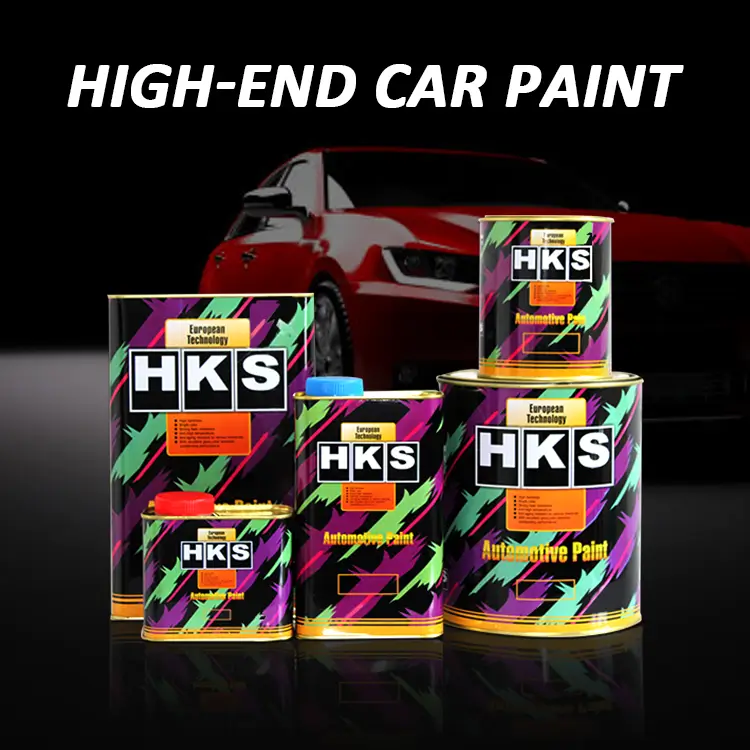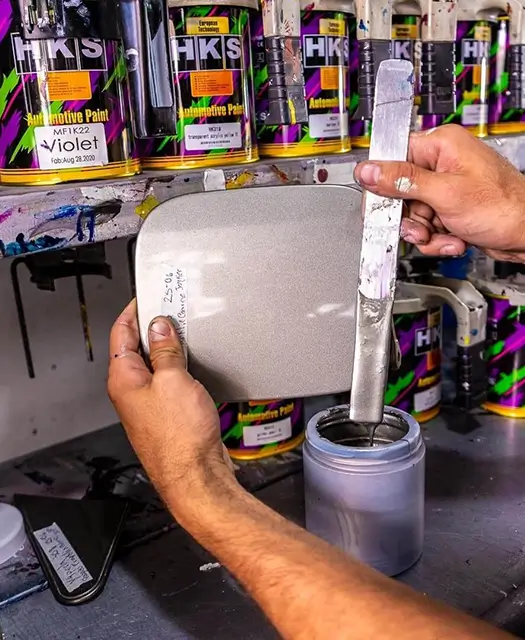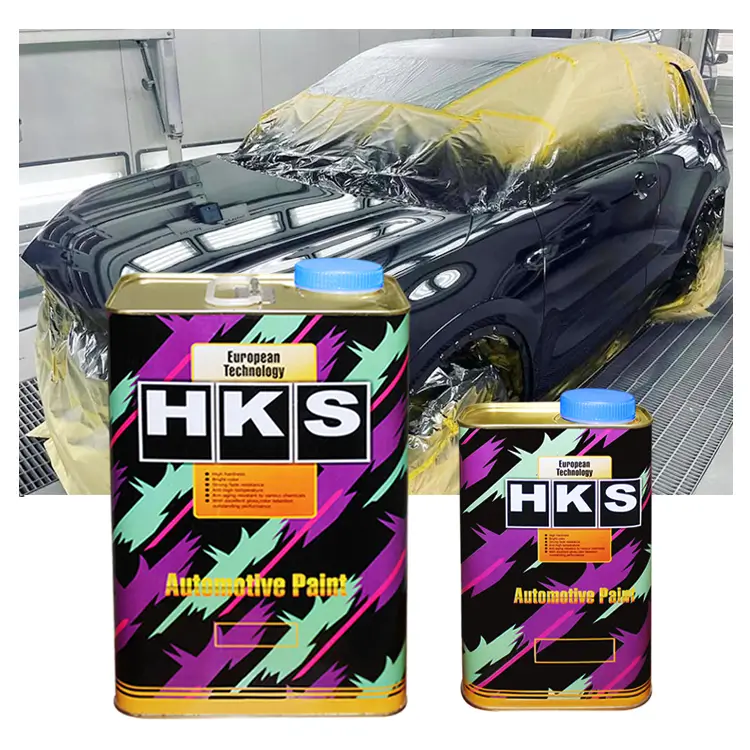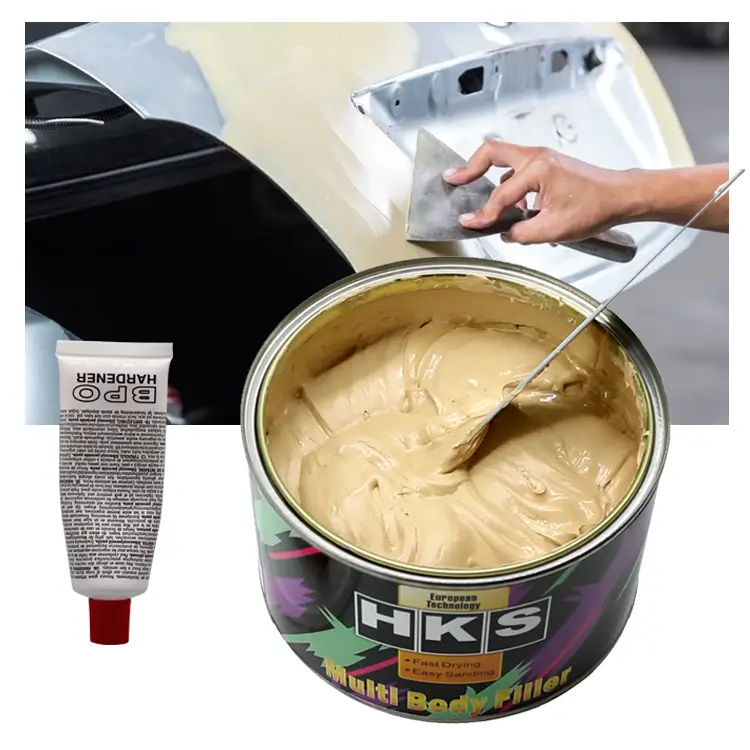
Why Do Some Automotive Paints Look High-End?
When you see a car with a gleaming, luxurious finish, it's hard not to be captivated by its visual appeal. But what exactly makes some automotive paints look so high-end, while others seem dull and lackluster? The answer lies in a combination of design concepts, meticulous color mixing, premium material selection, and advanced application techniques.
The Conceptual Design of Automotive Paint
Unlike artistic design, where creativity knows no bounds, product design—including automotive paint—operates within certain constraints. Designers must balance aesthetic goals with practical considerations to create a paint job that not only looks stunning but also aligns with the brand's identity and the vehicle's purpose.
A successful automotive paint design begins with a clear concept that reflects the brand’s language and the car's intended market. This concept is meticulously developed, ensuring that the intended message is communicated effectively through the paint's appearance. High-end automotive paints are the result of this careful planning, where every detail, from color to finish, is crafted to exude luxury.
Precision in Color Mixing
Color has a profound impact on human emotions and perception. The shades and hues used in automotive paints can make a car appear sleek, bold, or sophisticated. The key to achieving a high-end look lies in the precision of color mixing.
High-end paints are developed with great attention to detail, ensuring that every component of the color—such as brightness, hue, and saturation—is perfectly balanced. This process often involves collaboration between automotive manufacturers and paint suppliers, where color samples are tested under natural sunlight to ensure they meet the desired specifications.
The ability to fine-tune these colors to evoke the right emotional response is a hallmark of high-end automotive paints. The end result is a finish that not only catches the eye but also conveys a sense of exclusivity and refinement.
The Role of Premium Materials
The materials used in automotive paint play a crucial role in its final appearance. High-quality paints typically consist of premium pigments, metallic flakes, and mica particles, which contribute to the depth and richness of the color.
There are three main types of automotive paints commonly seen on the market:
1. Solid Colors: The most basic type of automotive paint, consisting of resin, pigments, and additives. While solid colors like white, red, and yellow are straightforward, they lack the depth and complexity found in more premium finishes.
2. Metallic Paints: Metallic paints contain fine metal flakes that create a sparkling effect when light hits the surface. This type of paint is commonly used on mid-range and high-end vehicles due to its enhanced visual appeal and durability.
3. Pearlescent Paints: These paints include mica particles that refract light in various directions, producing a shimmering effect similar to that of a pearl. The complex interplay of colors seen in pearlescent paints is often associated with luxury and elegance.
The careful selection and combination of these materials are what give high-end automotive paints their distinctive, eye-catching look.
Advanced Application Techniques
The application process is just as critical as the materials and design. High-end automotive paints undergo a multi-stage process that ensures durability and a flawless finish.
Typically, automotive paint is applied in either two-coat or three-coat systems:
1. Two-Coat System: This involves an initial coat of primer, followed by a base coat that includes the desired color, and a final clear coat for protection and shine.
2. Three-Coat System: In this more sophisticated process, an additional layer of effect pigment (such as mica or metallic flakes) is applied between the base coat and clear coat, resulting in a richer, more dynamic finish.
The final clear coat, which is a transparent layer, not only protects the underlying color but also adds to the paint's gloss and depth. This step is essential in creating that luxurious, high-end appearance.
The precision involved in each stage, from preparing the surface to applying the final clear coat, ensures that high-end automotive paints achieve a level of perfection that is hard to match.
Conclusion
The allure of high-end automotive paint is no accident. It is the result of careful design, precise color mixing, premium materials, and advanced application techniques. These factors work together to create a finish that is not only visually stunning but also durable and resistant to the elements.
If you are interested in experiencing the quality of our automotive paints firsthand, we invite you to request samples for testing. Additionally, if you are an importer, paint shop owner, or automotive repair center manager interested in becoming a distributor, please contact us through our website. We will respond within 24 hours.

Source of this article:https://www.supersybon.com
Get to know us through more channels:




